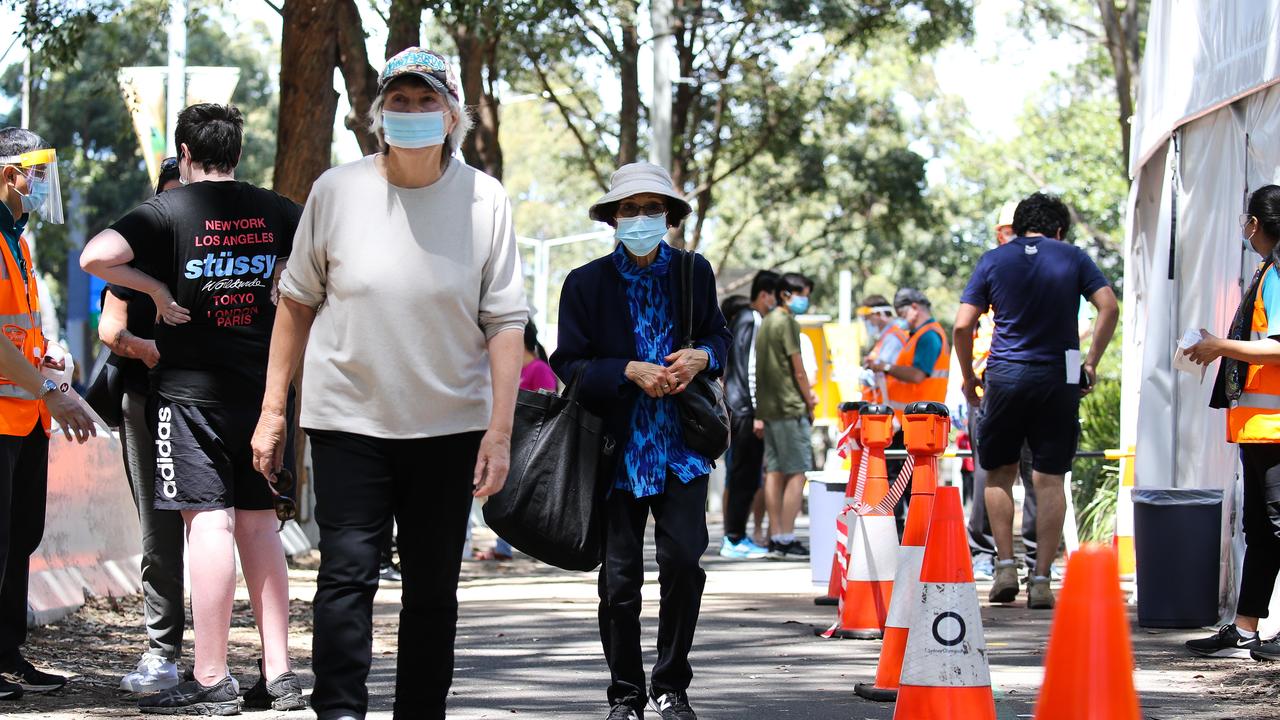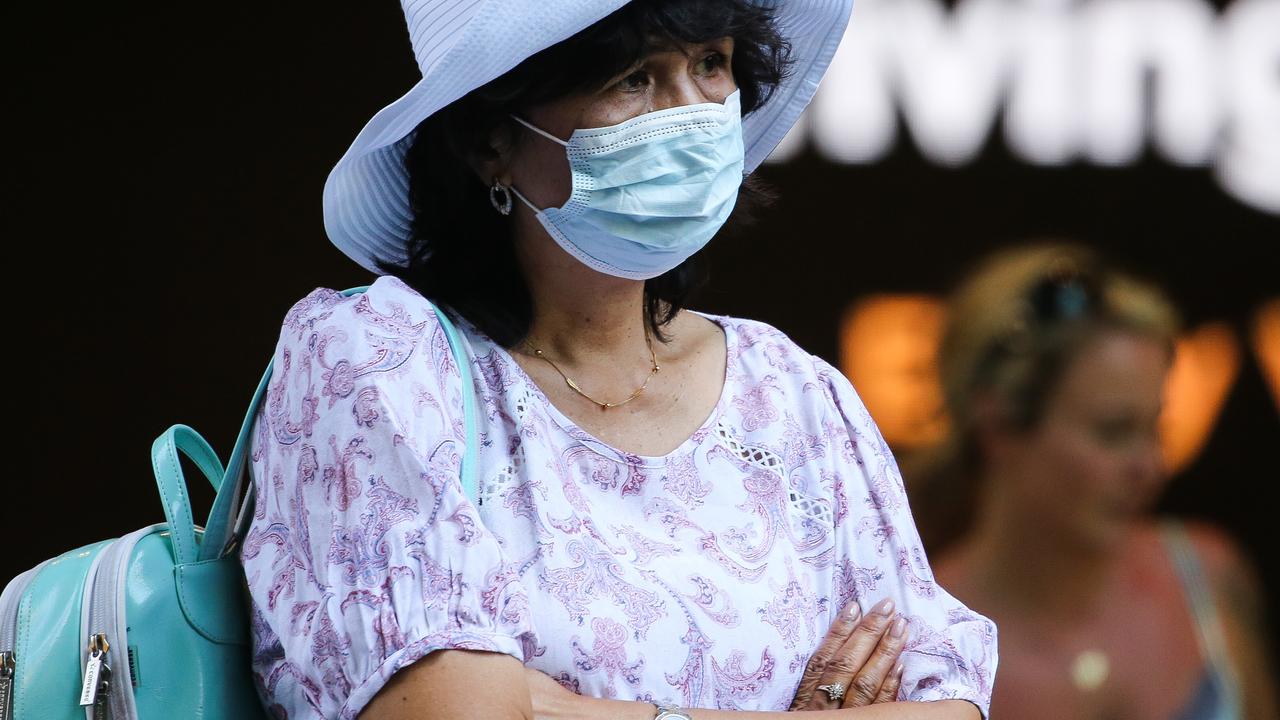CSIRO reveals 20 ways Australia can prepare for the next pandemic
The nation’s top scientists have listed 20 things Australia can do better when the next pandemic reaches our shores.
As Australia slowly emerges from the worst of the Covid-19 pandemic, the nation’s peak scientific body is already busy looking at what can be done better if we have to go through something like it again.
CSIRO’s “Strengthening Australia’s Pandemic Preparedness” report has given 20 recommendations on how to better prepare Australia for future pandemics, including increasing onshore vaccine manufacture and putting more investment into science and technology.
It also said travel restrictions and quarantine measures were useful tools for the immediate public health response, but acknowledged the strain they placed on everyday Aussies.
“Many of these interventions involve travel restrictions and quarantine measures that result in significant economic, social and indirect health costs when implemented and are increasingly difficult to implement as the duration of a pandemic grows,” the report said.
In summarising the report, deputy chief medical officer Dr Sonya Bennett described the pandemic as “a rapidly evolving and changing situation” which prompted “rapid and agile” responses.
“There are still many lessons to be learned from Australia’s response to the Covid-19 pandemic to inform and improve our response to any future pandemics,” she said.
“Planning and preparedness for future infectious disease outbreaks, building on lessons learnt, will continue to require cross-sectoral engagement and co-ordination across a range of areas.”

Report recommendations
The report gave 20 recommendations in six science and technology areas – preclinical capabilities for medical countermeasures, vaccine manufacturing, therapeutic repurposing and novel antivirals, point of care diagnostics for case identification, genomic analysis of pathogens and their variants, and data sharing for informing response strategies.
Of the six key areas, five recommendations were made for preclinical capabilities and medical countermeasures alone.
Among those was a need to “engage with global networks to optimise research efforts”.
Another recommendation highlighted a need to better translate the science into real-world interventions that “help bridge the gap between research, industry and the health system”.
On vaccines manufacturing, the report pointed out how an “absence” of manufacturing capabilities in Australia reduced the country’s ability to produce vaccines onshore for new viral threats.
“Australian companies face barriers, such as high input costs and small population for clinical trial enrolments, to scale-up manufacture onshore,” it said.
From ‘crisis response’ to ‘prevention’
The report noted viral outbreaks have increased both in frequency and severity over the last 100 years.

“The increasing occurrence of virus spill-over from animal populations over the last 100 years has largely been driven by environmental destruction, climate change, urbanisation, human encroachment on natural habitats, and increased global trade and travel,” the report said.
“In addition to known viruses, on average, two novel viruses are appearing in humans each year, and the proportion that give rise to larger outbreaks is growing.”
The report did however state improved and nationally co-ordinated investment in science and technology could provide a complementary preparedness and response approaches.
“This can significantly reduce the economic, social and indirect health costs associated with travel restrictions and quarantine measures by facilitating the important transition away from crisis response and towards an integrated cycle of prevention, detection, response and recovery,” the report said.
“An integrated cycle can both defend against the emergence of a pandemic and ensure the functions needed to respond are optimised to reduce direct and indirect impacts.”
Outside the report’s scope of science and technology, it the areas were supported by numerous health initiatives during the pandemic including strong national co-ordination, community-centric engagement and collaboration with global initiatives like CEPI and the World Health Organisation.






